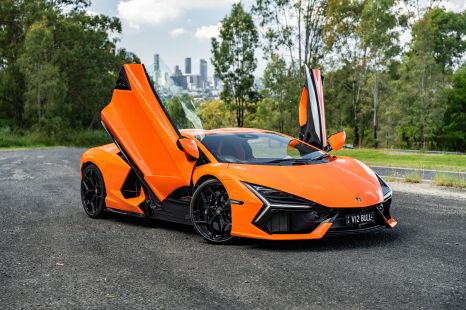

Alborz Fallah
3 Days Ago

News Editor
The Nissan Leaf is currently the only factory-delivered and warrantied EV in Australia with vehicle-to-grid capability, and owners in South Australia are already taking advantage.
Residents of that state can apply to South Australia Power Networks (SAPN) to have a Wallbox Quasar V2G unit installed, and the first V2G pilot sites approved by SAPN are now active.
JET Charge is opening orders to customers in late January for the next shipment of these chargers.
The necessary approvals required in other states for V2G units remain a work in progress, according to Nissan.

Winemaker Joseph Evans’ Barossa Valley vineyard, Ballycroft, is one of the first V2G pilot sites.
Mr Evans says that he slashed $4000 from his vineyard’s annual electricity bill by installing rooftop solar, and is now making $50 per week in profit from rebate tariffs – or $2500 annually – in selling power back to the grid.
The rooftop solar powers his home during the day, and the Leaf powers it at night.
Nissan says that customers who use the Leaf in this way are helping to play a crucial role in stabilising the load in Australia’s power grid during peak and off-peak periods.

“What’s even better is the fact that, while fuel and electricity prices are only heading in one direction — and that direction is up — my costs are fixed, and fixed at zero,” said Mr Evans.
”Instead of paying for my power, I’m getting paid for my power.
“This is a game-changer, and I wanted to be right at the front of the queue to have V2G installed.
“It makes me entirely self-sufficient with my power needs, makes my home and business more sustainable, and it’s so easy to use.”
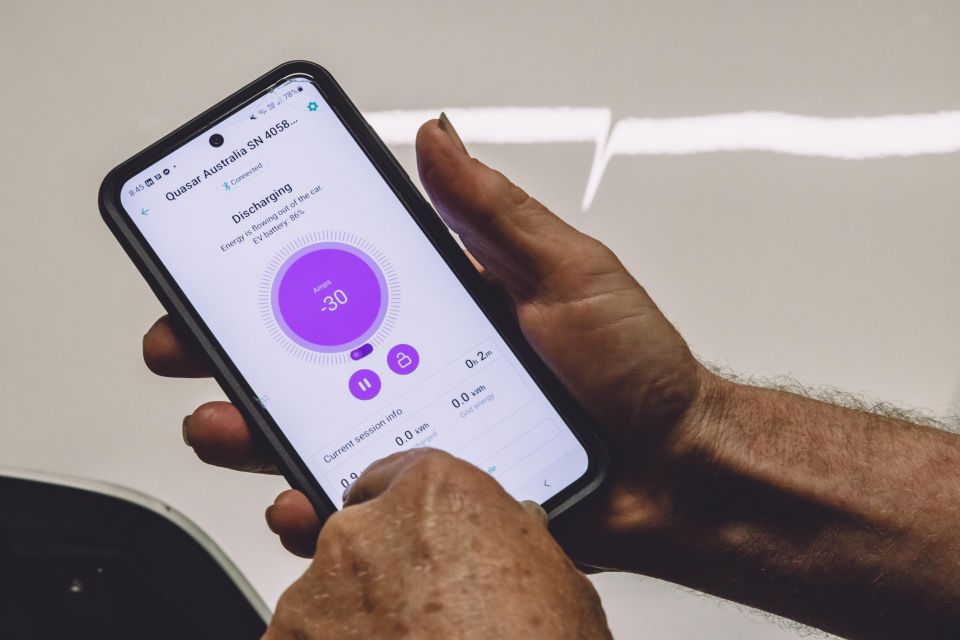
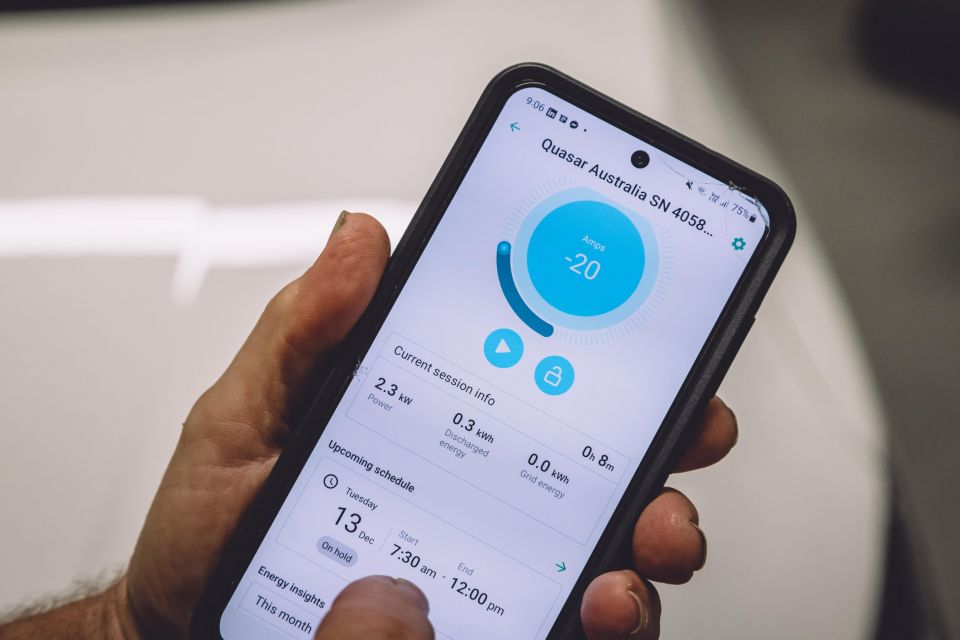
Nissan has already demonstrated the potential of V2G technology with its Realising Electric Vehicle Services (REVS) project, where it deployed 51 Leafs across the ACT to trial the tech.
When plugged in via a two-way charger, the cars provide what is known as an FCAS (Frequency Control Ancillary Service) to the National Electricity Market. FCAS is the process used to rapidly inject extra power, or reduce power as necessary, to maintain the frequency and stability of the energy grid.
“While the REVS project continues to be extremely positive, it’s incredibly rewarding to see this game-changing technology now being piloted in a residential and commercial setting, and to see the real-world benefits V2G can deliver,” says Nissan’s national manager of electrification and mobility, Ben Warren.

“V2G transforms the Nissan LEAF from a vehicle into a mobile energy storage solution, at once meeting both your transport and home energy needs.
“We’ve seen this technology deployed internationally, and it’s so exciting to now see it begin rolling out across Australia, first in the ACT with the REVS project, and now with our first customer site in SA.”
Only plug-in hybrid versions of the Mitsubishi Eclipse Cross and Outlander can also boast V2G capability at present.
There’s a wider range of vehicles, however, which support vehicle-to-load (V2L), though this can only be used to power external appliances and devices and can’t feed power back to the grid.
Take advantage of Australia's BIGGEST new car website to find a great deal on a Nissan Leaf.
William Stopford is an automotive journalist based in Brisbane, Australia. William is a Business/Journalism graduate from the Queensland University of Technology who loves to travel, briefly lived in the US, and has a particular interest in the American car industry.


Alborz Fallah
3 Days Ago


William Stopford
3 Days Ago


James Wong
2 Days Ago
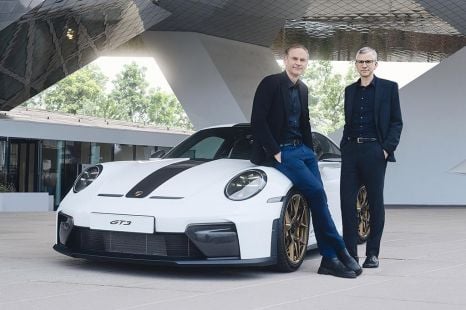

Damion Smy
24 Hours Ago
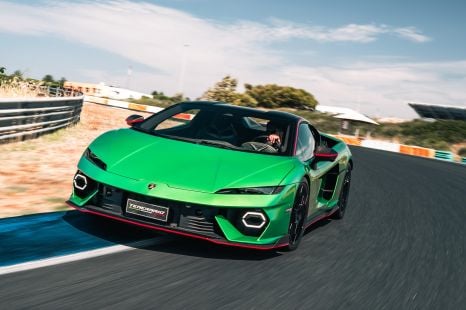

Alborz Fallah
24 Hours Ago


Max Davies
23 Hours Ago